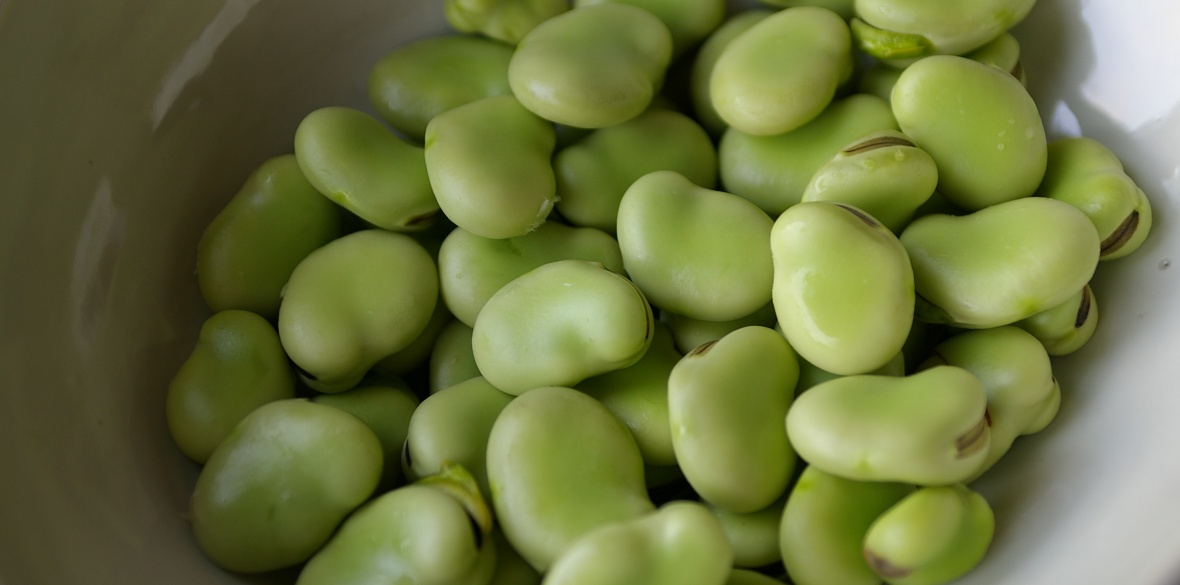This is the last article you can read this month
You can read more article this month
You can read more articles this month
Sorry your limit is up for this month
Reset on:
Please help support the Morning Star by subscribing here
IT WON’T astonish Morning Star readers to hear that in the great houses of the Victorian and Edwardian period the use of broad beans was governed by the class system.
The family — that is, the employers — would eat the broads just for the first few weeks of the season; as soon as the beans grew much bigger than peas, they became food fit only for the workers.
They would no longer appear on the family table, but there’d be plenty of them in the staff kitchen. You can’t help suspecting that this daft rule of snobbery was invented by a cunning member of the below-stairs classes.
In fact, broads make good eating at various stages of their lives. The top few inches of green growth on each plant, usually cut off so as to prevent aphids settling in, make a uniquely delicious steamed greens.
The young pods, before they fill with beans, can be eaten whole as if they were French beans. As for the beans inside the pods, they are indeed tasty when tiny — but they’re also great when fully grown.
November and February are traditionally the two main months for sowing broads, though some people start them in January, and if you don’t get around to it this month, March or April will do.
If the ground is frozen or soggy, then either wait another week or start the seeds off in pots under cover.
The two broads usually used for autumn and late winter/early spring sowings are Aquadulce and The Sutton; the latter’s advantage is that it is a much shorter plant, suitable for exposed, windy sites.
I generally choose what are called “field beans,” a high-yielding, robustly flavoured relative of the broad bean. Real Seeds (www.realseeds.co.uk) sell a field bean cultivar named Vespa.
Broad beans grow best in fairly rich ground, in a sunny spot. Overwintered plants prefer a lighter soil, but those sown at this time of year should do fine in even quite heavy clay. If possible, use ground that was given manure or compost last autumn or during the winter.
Mice will often eat the seeds, which is why many people prefer to start the beans off singly in 3.5" (9cm) pots filled with peat-free multipurpose compost, in a cold frame, greenhouse or on a bright windowsill, for planting out in March or April.
If sowing directly into the ground put each seed 2-3" (5-7.5cm) deep and about 8" (20cm) apart. In colder areas it can be worth covering outdoor sowings with cloches for a few weeks.
Most broad beans will need supporting as they grow taller, to prevent them toppling under their own weight or getting blown over by the wind.
The traditional way to do this is to sow the beans in double rows 9" (23cm) apart with 2ft (60cm) between each double row, then put stakes at each corner and run strings between the stakes at 1ft (30cm) intervals from ground level.











